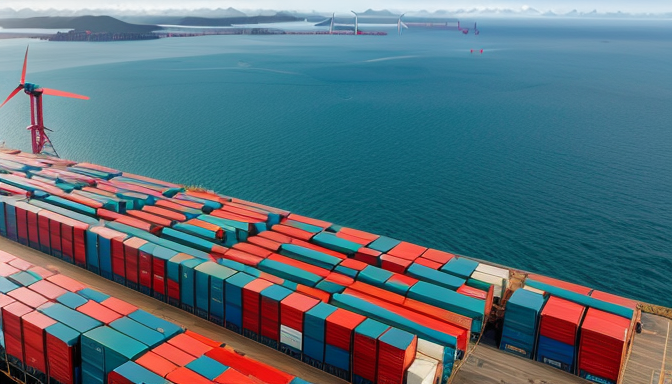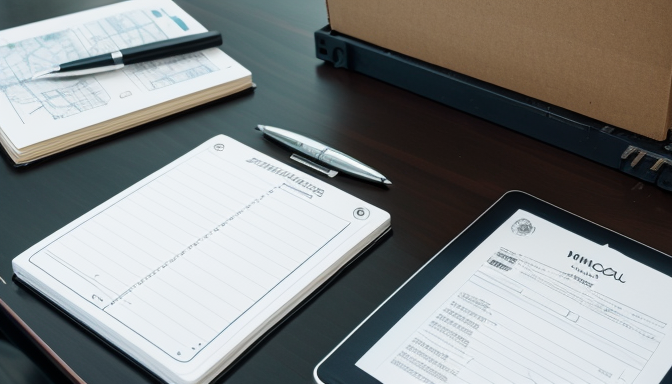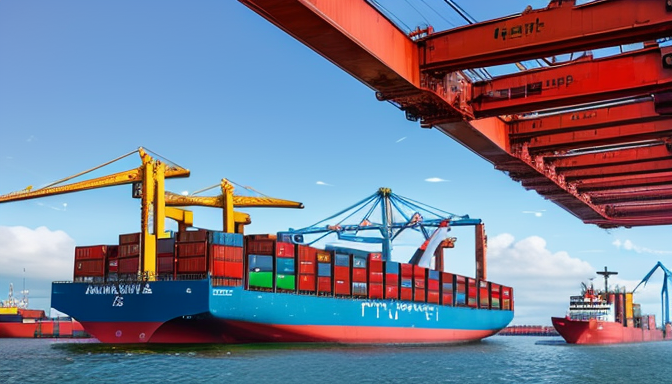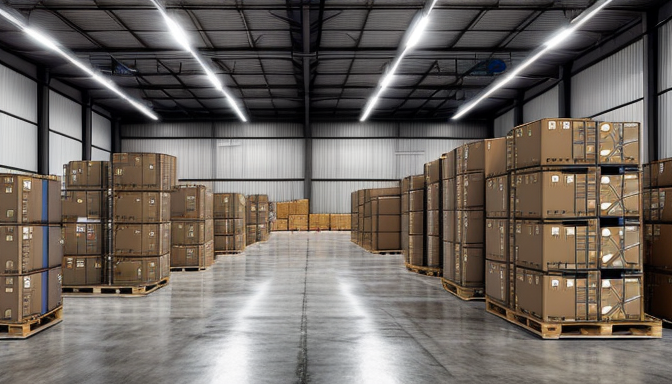The Tech Innovations Transforming Maritime Logistics Today
In an era where global shipping trends are evolving at lightning speed, the maritime logistics industry is undergoing a remarkable transformation. With the advent of cutting-edge technology, shipping operations are not just becoming more efficient; they are also becoming safer and more sustainable. Imagine a world where ships can navigate through treacherous waters with the precision of a hawk, all thanks to advanced automation and robotics. This isn’t science fiction; it’s happening right now!
One of the most significant shifts is in container systems. These systems are no longer just metal boxes floating on the sea; they’re equipped with sensors that provide real-time data about their contents. This means that shipping companies can track their cargo like never before, reducing the risk of loss and ensuring timely deliveries. When you think about it, it’s like having a personal assistant for your goods, always keeping you updated and informed!
Furthermore, port technology is also making waves (pun intended!). Automated cranes and smart logistics platforms are streamlining operations at ports, drastically cutting down on waiting times and improving turnaround efficiency. This integration of technology not only enhances productivity but also helps in minimizing the carbon footprint of shipping activities, aligning with global sustainability goals.
In conclusion, the fusion of technology within maritime logistics is not just a trend; it’s a revolution. As these innovations continue to unfold, we can expect a future where shipping is faster, safer, and more environmentally friendly than ever before.
Automation and Robotics in Shipping
Automation and robotics are not just buzzwords in the maritime logistics industry; they are transformational forces that are reshaping how we think about shipping. Imagine a world where ships can navigate through treacherous waters without human intervention. Sounds futuristic, right? Well, it’s happening now! With the advent of autonomous vessels, shipping companies are reducing human error and enhancing safety on the seas. These cutting-edge ships are equipped with advanced sensors and AI systems that allow them to make real-time decisions, drastically improving operational efficiency.
Moreover, the integration of robotics in port operations is revolutionizing container handling. Automated cranes and drones are now commonplace, allowing for quicker loading and unloading processes. This not only speeds up turnaround times but also minimizes the risk of accidents. For instance, a recent study showed that ports utilizing robotic systems have seen a 30% increase in productivity compared to traditional methods.
But it doesn’t stop there! As global shipping trends evolve, the demand for smart container systems is on the rise. These systems leverage IoT technology to provide real-time tracking and monitoring of cargo. This means that logistics managers can now access vital data on container conditions, ensuring that sensitive goods are kept in optimal environments. The table below highlights key advancements in port technology:
| Technology | Impact |
|---|---|
| Autonomous Vessels | Reduced human error, improved safety |
| Automated Cranes | Faster loading/unloading times |
| Smart Containers | Real-time tracking, better cargo management |
In conclusion, the rise of automation and robotics in shipping is not just about efficiency; it’s about paving the way for a safer, more sustainable future in maritime logistics. So, are you ready to embrace this technological wave?
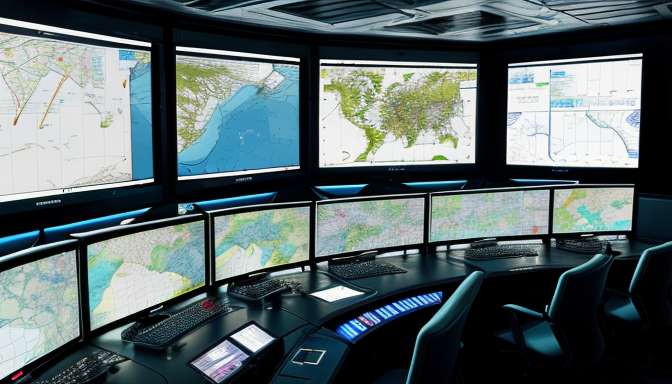
Data Analytics and IoT Integration
In today’s fast-paced world, data analytics and the Internet of Things (IoT) are not just buzzwords; they are the lifeblood of modern maritime logistics. Imagine a ship navigating through the vast ocean, equipped with sensors that collect real-time data on its performance, weather conditions, and even the cargo’s status. This integration of technology is revolutionizing the way we approach shipping operations.
With the help of data analytics, shipping companies can now gain in-depth insights into global shipping trends. For instance, they can analyze historical data to predict peak shipping seasons, allowing them to optimize routes and reduce fuel consumption. This not only enhances efficiency but also contributes to a more sustainable approach to logistics. Think of it as having a crystal ball that helps companies make informed decisions based on past patterns and current data.
Moreover, advanced container systems equipped with IoT devices are transforming port technology. These smart containers can monitor temperature, humidity, and even security, providing real-time alerts to stakeholders. This ensures that perishable goods are transported under optimal conditions and reduces the risk of theft or damage. It’s like having a personal assistant for each container, ensuring everything runs smoothly.
The impact of these technologies extends beyond just operational efficiency; they also enhance safety. By analyzing data from various sources, companies can identify potential risks and take proactive measures to mitigate them. In a world where every second counts, these innovations are not just enhancing logistics—they’re saving lives.
Frequently Asked Questions
- What role does automation play in maritime logistics?
Automation is a game-changer in maritime logistics! It streamlines operations, minimizes human error, and boosts overall efficiency. Think of it as having a super-efficient assistant that never tires, always keeping things running smoothly!
- How does data analytics improve decision-making in shipping?
Data analytics offers deep insights into shipping operations. By analyzing vast amounts of data, companies can make informed decisions, predict trends, and optimize routes. It’s like having a crystal ball that helps you navigate the complex waters of logistics!
- What is IoT and how is it used in maritime logistics?
The Internet of Things (IoT) connects devices and systems, allowing for real-time data sharing. In maritime logistics, this means tracking shipments, monitoring cargo conditions, and improving safety. Imagine every container on a ship being able to ‘talk’ to you about its status!
- Are there sustainability benefits to these technological advancements?
Absolutely! Technologies like automation and IoT not only enhance efficiency but also contribute to sustainability. By optimizing routes and reducing fuel consumption, these innovations help lower the carbon footprint of shipping operations.


